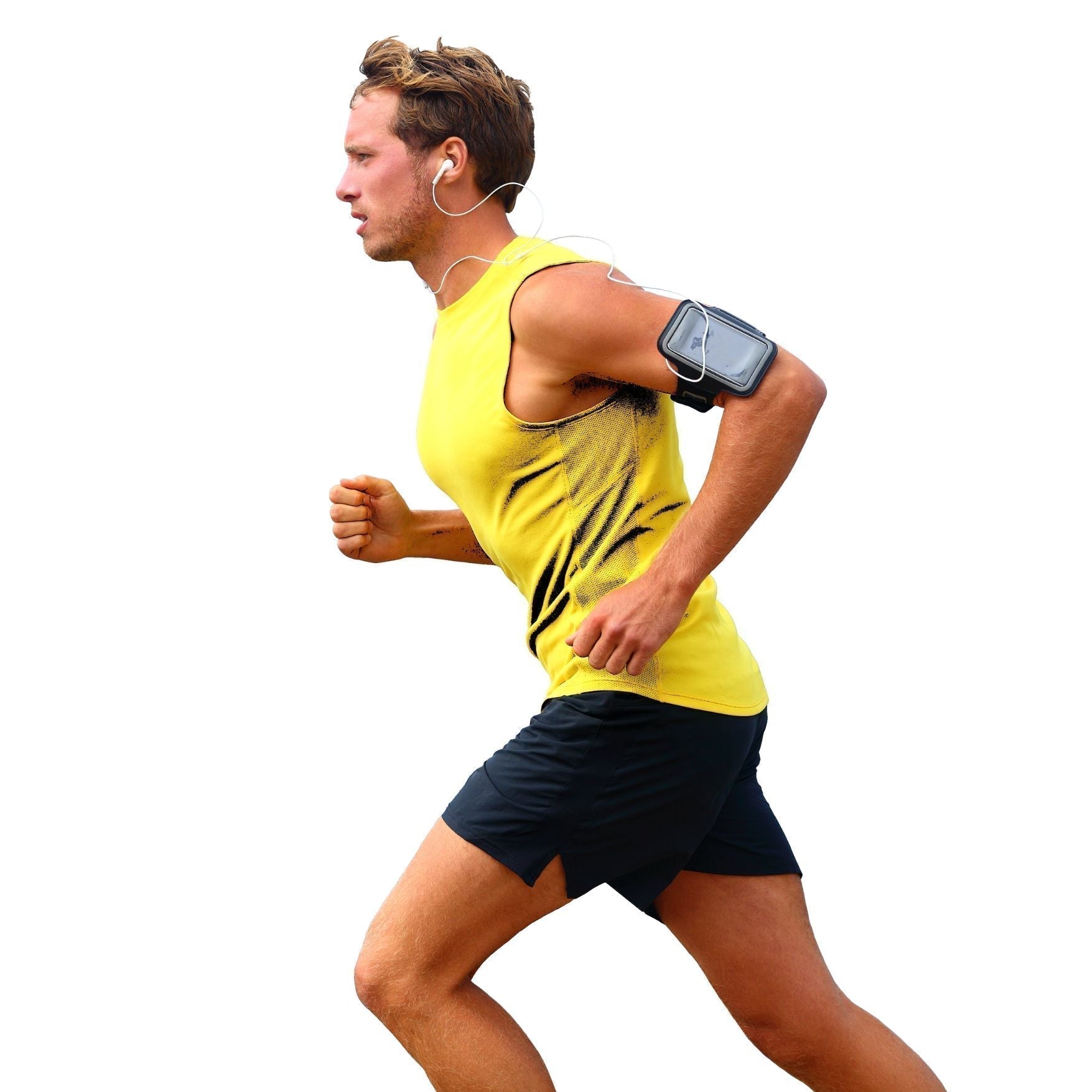
How Long Does Your Body Burn Fat After Running
Feel the rush of lacing up your running shoes and hitting the pavement! Running not only torches calories during your workout but keeps your body in fat-burning mode long after, thanks to the afterburn effect. Ready to buy into a fitter you? Discover how to amplify fat burning with running and shop top supplements like Shred Fat Burner to boost your results. Let’s dive into the science and strategies to keep your metabolism fired up!
What Is the Afterburn Effect (EPOC)?
The afterburn effect, or Excess Post-Exercise Oxygen Consumption (EPOC), is your body’s way of burning extra calories post-run. After a workout, your body needs oxygen to recover, repair muscles, and restore energy, keeping your metabolism elevated. Curious about how long fat burning lasts after running? Invest in your fitness with the right strategies and products like ISO Pro Whey Protein Isolate to fuel recovery.
How Long Does Fat Burning Last After a Run?
The afterburn effect’s duration depends on intensity and duration. High-intensity runs, like sprints or intervals, can trigger EPOC for up to 24 hours, while moderate jogs sustain fat burning for a few hours. A 30-minute vigorous run keeps your metabolism humming longer than a casual jog. Shop Surge Pre-Workout to power through intense sessions and extend fat-burning benefits.
Factors That Influence Post-Run Fat Burning
Several factors determine how long your body burns fat after running:
- Workout Intensity: High-intensity runs boost EPOC. Try sprints with Surge Pre-Workout.
- Run Duration: Longer runs (30+ minutes) tap into fat stores, enhancing post-run burn.
- Fitness Level: Beginners may experience longer EPOC as bodies adapt.
- Post-Run Activity: Light movement keeps metabolism active.
- Diet: Proper nutrition sustains fat burning. Buy Lytes Electrolyte Supplement for hydration.
Credit: run4prs.co
How to Maximize Fat Burning After Running
Amplify your post-run fat burn with these strategies:
- Mix Up Runs: Intervals or sprints spike EPOC. Purchase Surge Pre-Workout for energy.
- Stay Consistent: Regular running boosts fat-burning efficiency.
- Hydrate: Water and Lytes Electrolyte Supplement support metabolism.
- Eat Protein: Post-run meals with ISO Pro Whey Protein Isolate aid muscle repair.
- Add Strength Training: Squats or lunges boost resting metabolism.
- Prioritize Sleep: 7-9 hours balances hormones for fat burning.
- Track Progress: Use apps to monitor runs and recovery.
Shop Shred Fat Burner to accelerate fat loss.
The Role of Nutrition in Post-Run Fat Burning
Your diet fuels fat burning. Eat within 30 minutes post-run to support recovery:
- Protein: Fish, lentils, or ISO Pro Whey Protein Isolate rebuild muscles.
- Healthy Carbs: Whole grains or fruits restore energy.
- Hydration: Water and Lytes Electrolyte Supplement optimize recovery.
Avoid sugary snacks. Buy Elevate BCAA/EAAs for muscle recovery and fat loss.
Recovery Techniques to Boost Fat Burning
Recovery enhances fat burning and performance:
- Rest and Sleep: Quality sleep supports hormone balance.
- Stretching: Post-run stretches reduce injury risk.
- Massage: Foam rolling boosts circulation.
- Listen to Your Body: Rest to avoid overtraining.
Credit: run4prs.co
Frequently Asked Questions
How Long After a Run Does Fat Burn?
Fat burning lasts a few hours to 24 hours, depending on intensity. Shop Shred Fat Burner for extended results.
How Long Does Running Afterburn Last?
EPOC can last up to 24 hours after intense runs. Buy Surge Pre-Workout to boost intensity.
How Long to Lose Weight After a Run?
Consistent running, diet, and recovery lead to fat loss in weeks. Purchase Shred Fat Burner for faster results.
Can I Lose Fat by Running 30 Minutes a Day?
Yes! Daily 30-minute runs burn fat. Shop ISO Pro Whey Protein Isolate for recovery.
What Affects Fat Burning Duration After a Run?
Intensity, duration, fitness, diet, and activity impact fat burning. Buy Lytes Electrolyte Supplement for hydration.
Does Running Speed Impact Fat Burning?
Faster paces increase EPOC for longer fat burning. Purchase Surge Pre-Workout.
How Does Interval Training Affect Fat Burn?
Intervals boost EPOC for extended fat burning. Shop Elevate BCAA/EAAs.
Do Longer Runs Burn More Fat Afterward?
Longer runs tap fat stores, but high-intensity runs maximize post-workout burn.
Can Diet Influence Fat Burning After a Run?
Yes! Protein and hydration sustain fat burning. Buy ISO Pro Whey Protein Isolate.
Conclusion: Keep Your Fat-Burning Fire Alive!
Running torches fat during and after your workout, thanks to the afterburn effect. With consistent runs, smart nutrition, and recovery, you’ll crush your fitness goals. Invest in your journey with Shred Fat Burner, ISO Pro Whey Protein Isolate, and Lytes Electrolyte Supplement. Shop now to keep your metabolism revved and run toward a fitter you!

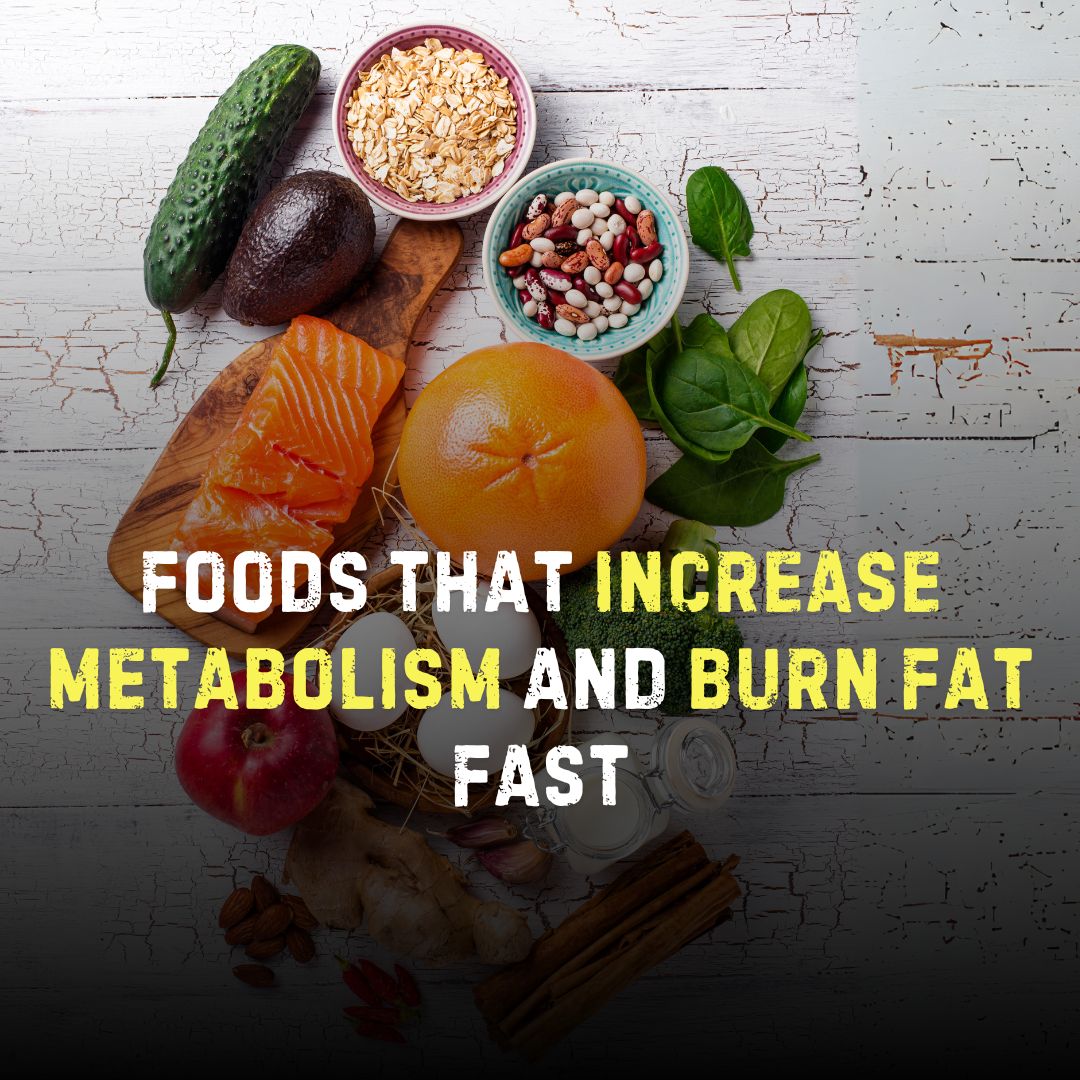
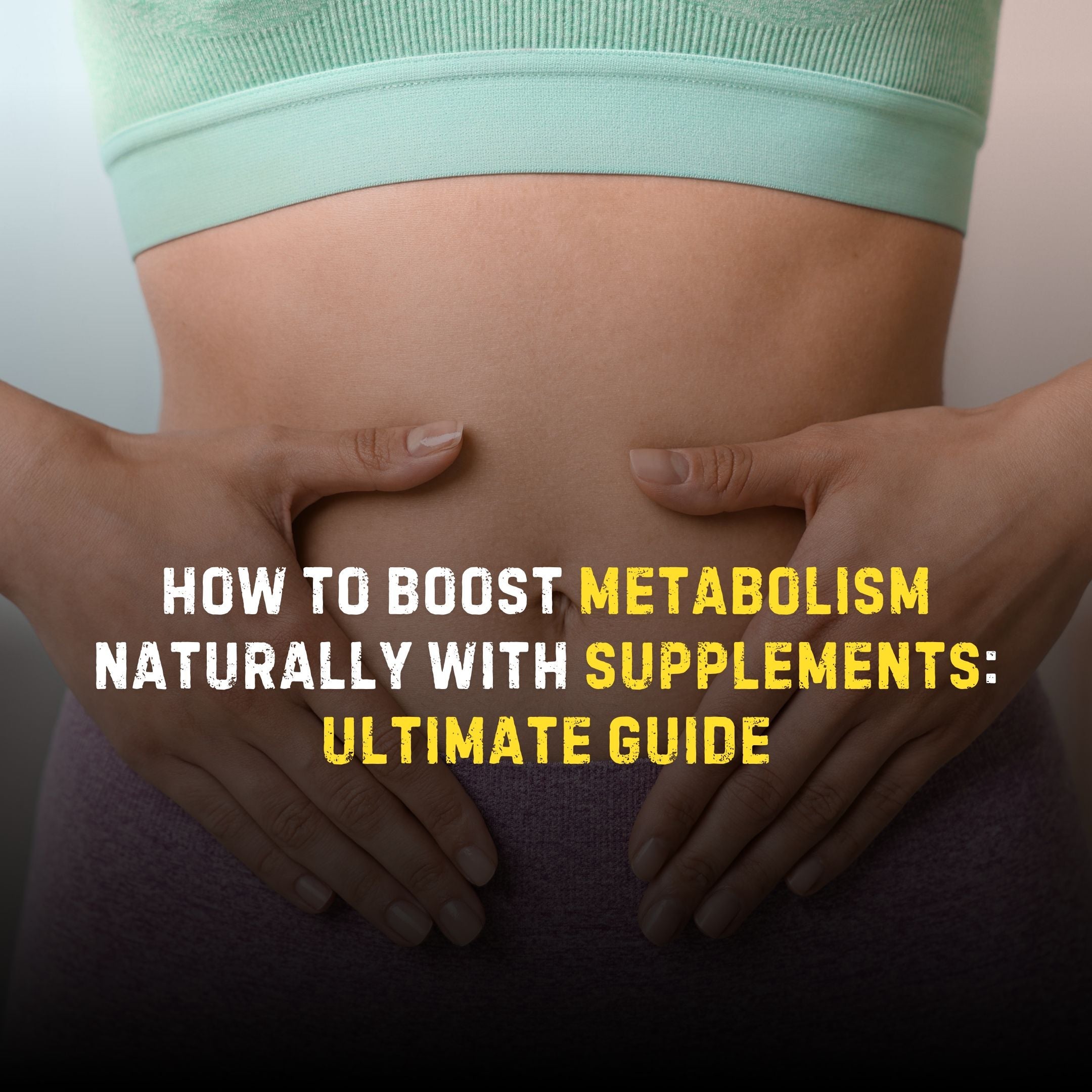
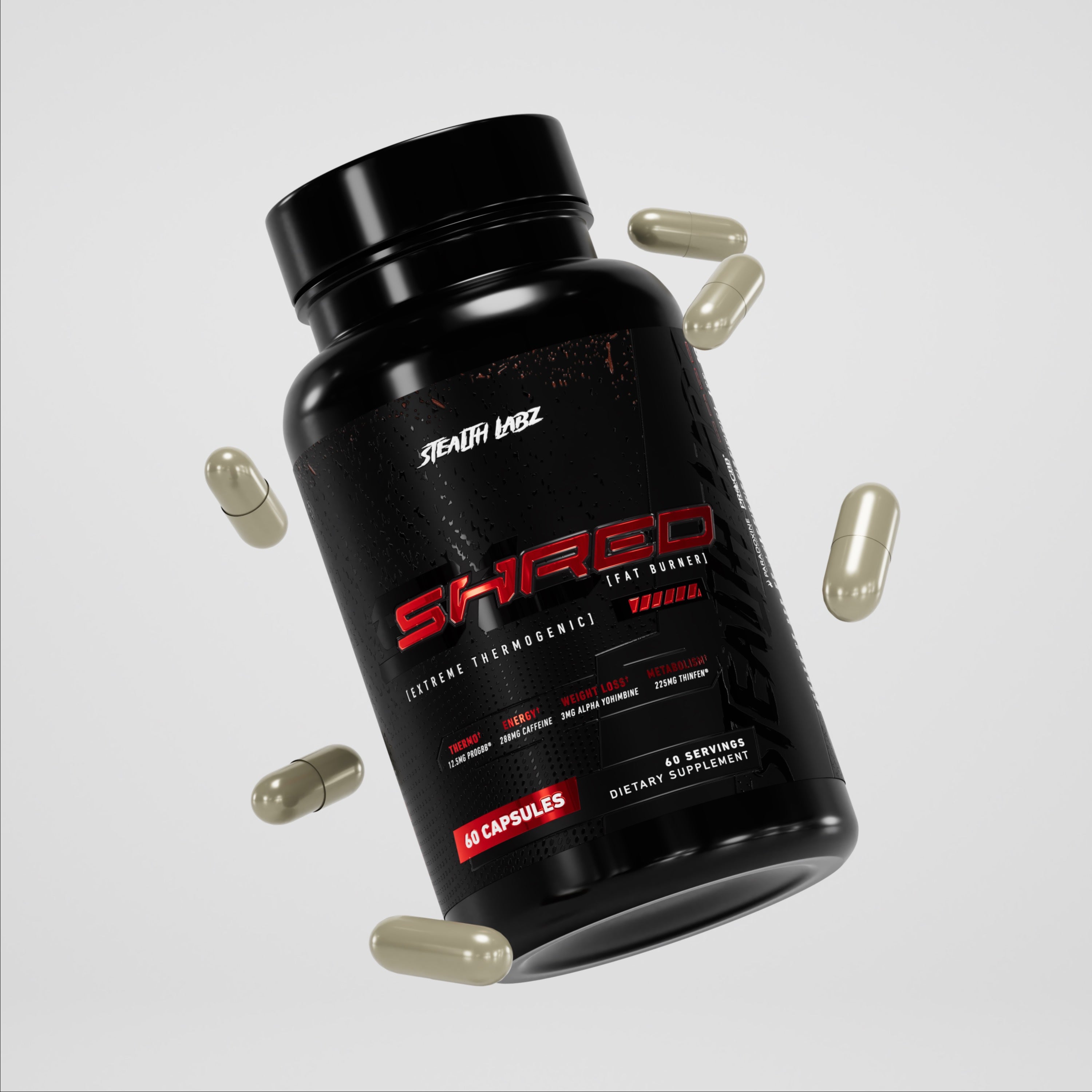
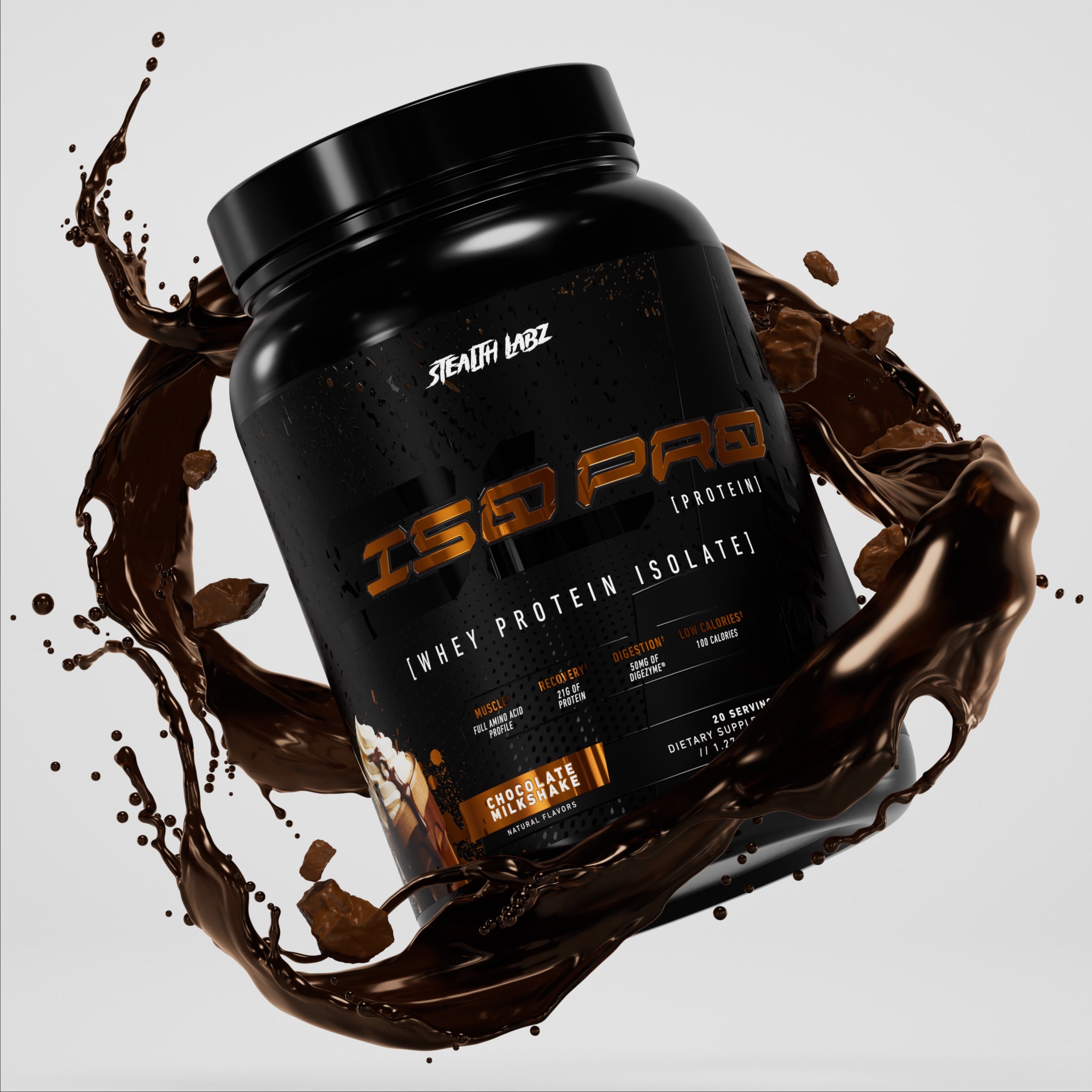
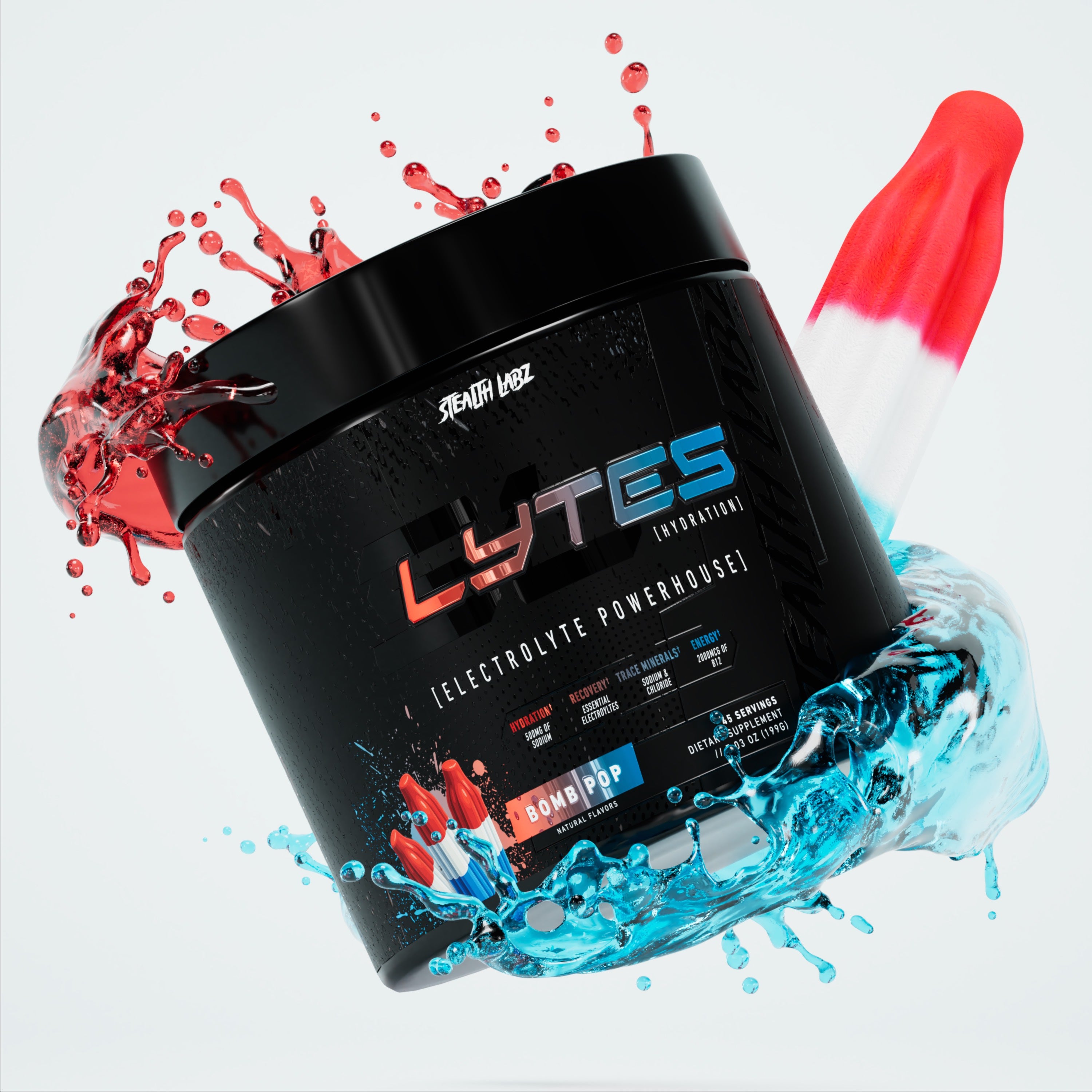
Leave a comment
This site is protected by hCaptcha and the hCaptcha Privacy Policy and Terms of Service apply.